Protection Efforts
입력 2019.01.03 (15:29)
수정 2019.01.03 (15:45)
읽어주기 기능은 크롬기반의
브라우저에서만 사용하실 수 있습니다.
[Anchor Lead]
In 1985, an "ozone hole," referring to ozone depletion, was discovered in the Antarctic. Ever since, world countries have worked to restore the ozone layer such as by banning the use of Freon gas. South Korean researchers based in the South Pole are also preparing against worldwide environmental degradation. Follow us to the Jang Bogo research station.
[Pkg]
The Jang Bogo Station is the epicenter of South Korea's research of the Antarctic. A huge balloon is filled up with helium gas. The balloon is tightly fastened so the gas won't leak. A device called the Ozonesonde is tied to the balloon. The device carries a substance which can detect and measure the amount of ozone in the atmosphere. The balloon is now moved outside. KBS crew also joined the moment where the balloon was flown off to the sky. The white balloon quickly rises up into the clear blue sky and vanishes into thin air.
[Soundbite] Bae Hyo-jun(Atmospherics team, Jang Bogo Station) : "The Ozonesonde is flown once a month on average but this increases to 4 times from August to November during the restoration period of the ozone hole."
Real-time measurements are then swiftly transferred to the monitor screens at the research station. Ever since a hole was discovered in the ozone layer some 30 years ago in the Antarctic, research teams of numerous countries have been taking measurements of the ozone shield.
[Soundbite] No Jae-hun(Meteorology team, Jang Bogo Station) : "The ozone hole is especially larger in the atmosphere over the Antarctic. Therefore monitoring efforts here are important for future predictions."
If the ozone is destroyed, this will increase ultraviolet radiation which can pose a major health threat to mankind such as weaker immunity and skin problems. Freon gas was a major culprit of ozone depletion. Since its use was banned, the ozone layer is known to have been restoring but surveillance efforts still continue in the Antarctic and researchers remain alert.
In 1985, an "ozone hole," referring to ozone depletion, was discovered in the Antarctic. Ever since, world countries have worked to restore the ozone layer such as by banning the use of Freon gas. South Korean researchers based in the South Pole are also preparing against worldwide environmental degradation. Follow us to the Jang Bogo research station.
[Pkg]
The Jang Bogo Station is the epicenter of South Korea's research of the Antarctic. A huge balloon is filled up with helium gas. The balloon is tightly fastened so the gas won't leak. A device called the Ozonesonde is tied to the balloon. The device carries a substance which can detect and measure the amount of ozone in the atmosphere. The balloon is now moved outside. KBS crew also joined the moment where the balloon was flown off to the sky. The white balloon quickly rises up into the clear blue sky and vanishes into thin air.
[Soundbite] Bae Hyo-jun(Atmospherics team, Jang Bogo Station) : "The Ozonesonde is flown once a month on average but this increases to 4 times from August to November during the restoration period of the ozone hole."
Real-time measurements are then swiftly transferred to the monitor screens at the research station. Ever since a hole was discovered in the ozone layer some 30 years ago in the Antarctic, research teams of numerous countries have been taking measurements of the ozone shield.
[Soundbite] No Jae-hun(Meteorology team, Jang Bogo Station) : "The ozone hole is especially larger in the atmosphere over the Antarctic. Therefore monitoring efforts here are important for future predictions."
If the ozone is destroyed, this will increase ultraviolet radiation which can pose a major health threat to mankind such as weaker immunity and skin problems. Freon gas was a major culprit of ozone depletion. Since its use was banned, the ozone layer is known to have been restoring but surveillance efforts still continue in the Antarctic and researchers remain alert.
■ 제보하기
▷ 카카오톡 : 'KBS제보' 검색, 채널 추가
▷ 전화 : 02-781-1234, 4444
▷ 이메일 : kbs1234@kbs.co.kr
▷ 유튜브, 네이버, 카카오에서도 KBS뉴스를 구독해주세요!
- Protection Efforts
-
- 입력 2019-01-03 15:31:09
- 수정2019-01-03 15:45:43
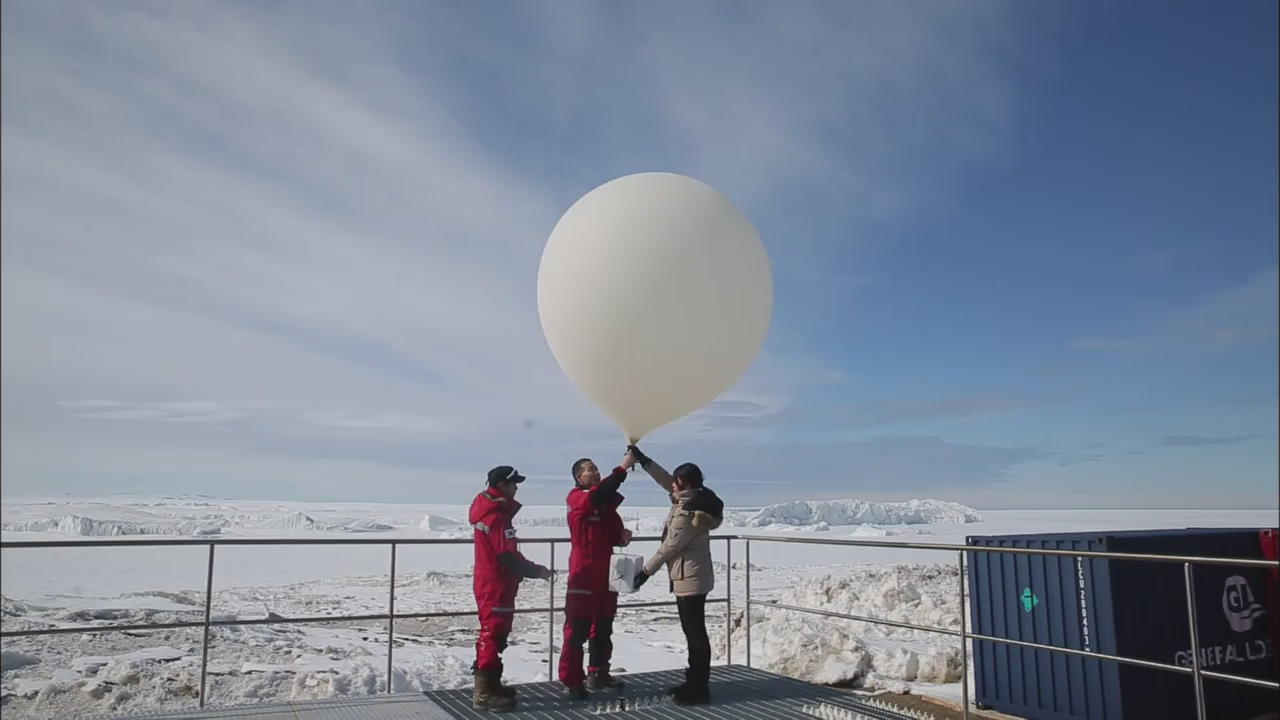
[Anchor Lead]
In 1985, an "ozone hole," referring to ozone depletion, was discovered in the Antarctic. Ever since, world countries have worked to restore the ozone layer such as by banning the use of Freon gas. South Korean researchers based in the South Pole are also preparing against worldwide environmental degradation. Follow us to the Jang Bogo research station.
[Pkg]
The Jang Bogo Station is the epicenter of South Korea's research of the Antarctic. A huge balloon is filled up with helium gas. The balloon is tightly fastened so the gas won't leak. A device called the Ozonesonde is tied to the balloon. The device carries a substance which can detect and measure the amount of ozone in the atmosphere. The balloon is now moved outside. KBS crew also joined the moment where the balloon was flown off to the sky. The white balloon quickly rises up into the clear blue sky and vanishes into thin air.
[Soundbite] Bae Hyo-jun(Atmospherics team, Jang Bogo Station) : "The Ozonesonde is flown once a month on average but this increases to 4 times from August to November during the restoration period of the ozone hole."
Real-time measurements are then swiftly transferred to the monitor screens at the research station. Ever since a hole was discovered in the ozone layer some 30 years ago in the Antarctic, research teams of numerous countries have been taking measurements of the ozone shield.
[Soundbite] No Jae-hun(Meteorology team, Jang Bogo Station) : "The ozone hole is especially larger in the atmosphere over the Antarctic. Therefore monitoring efforts here are important for future predictions."
If the ozone is destroyed, this will increase ultraviolet radiation which can pose a major health threat to mankind such as weaker immunity and skin problems. Freon gas was a major culprit of ozone depletion. Since its use was banned, the ozone layer is known to have been restoring but surveillance efforts still continue in the Antarctic and researchers remain alert.
In 1985, an "ozone hole," referring to ozone depletion, was discovered in the Antarctic. Ever since, world countries have worked to restore the ozone layer such as by banning the use of Freon gas. South Korean researchers based in the South Pole are also preparing against worldwide environmental degradation. Follow us to the Jang Bogo research station.
[Pkg]
The Jang Bogo Station is the epicenter of South Korea's research of the Antarctic. A huge balloon is filled up with helium gas. The balloon is tightly fastened so the gas won't leak. A device called the Ozonesonde is tied to the balloon. The device carries a substance which can detect and measure the amount of ozone in the atmosphere. The balloon is now moved outside. KBS crew also joined the moment where the balloon was flown off to the sky. The white balloon quickly rises up into the clear blue sky and vanishes into thin air.
[Soundbite] Bae Hyo-jun(Atmospherics team, Jang Bogo Station) : "The Ozonesonde is flown once a month on average but this increases to 4 times from August to November during the restoration period of the ozone hole."
Real-time measurements are then swiftly transferred to the monitor screens at the research station. Ever since a hole was discovered in the ozone layer some 30 years ago in the Antarctic, research teams of numerous countries have been taking measurements of the ozone shield.
[Soundbite] No Jae-hun(Meteorology team, Jang Bogo Station) : "The ozone hole is especially larger in the atmosphere over the Antarctic. Therefore monitoring efforts here are important for future predictions."
If the ozone is destroyed, this will increase ultraviolet radiation which can pose a major health threat to mankind such as weaker immunity and skin problems. Freon gas was a major culprit of ozone depletion. Since its use was banned, the ozone layer is known to have been restoring but surveillance efforts still continue in the Antarctic and researchers remain alert.
이 기사가 좋으셨다면
-
좋아요
0
-
응원해요
0
-
후속 원해요
0










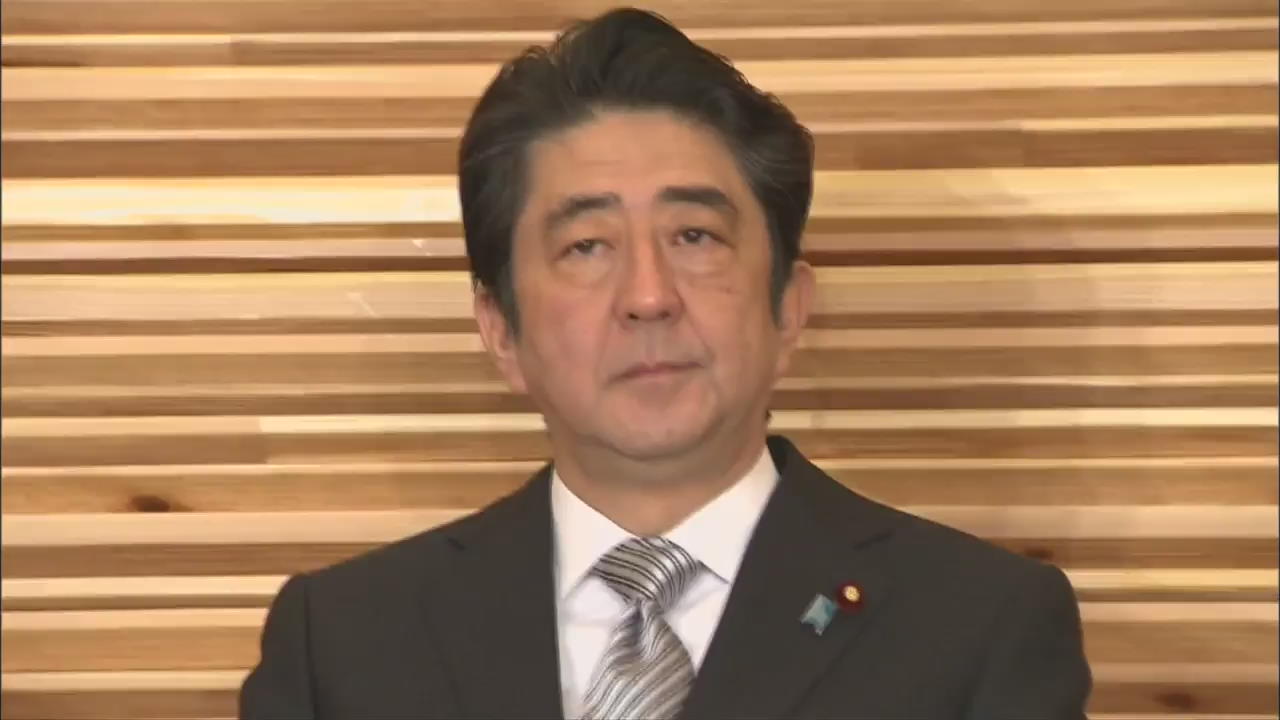
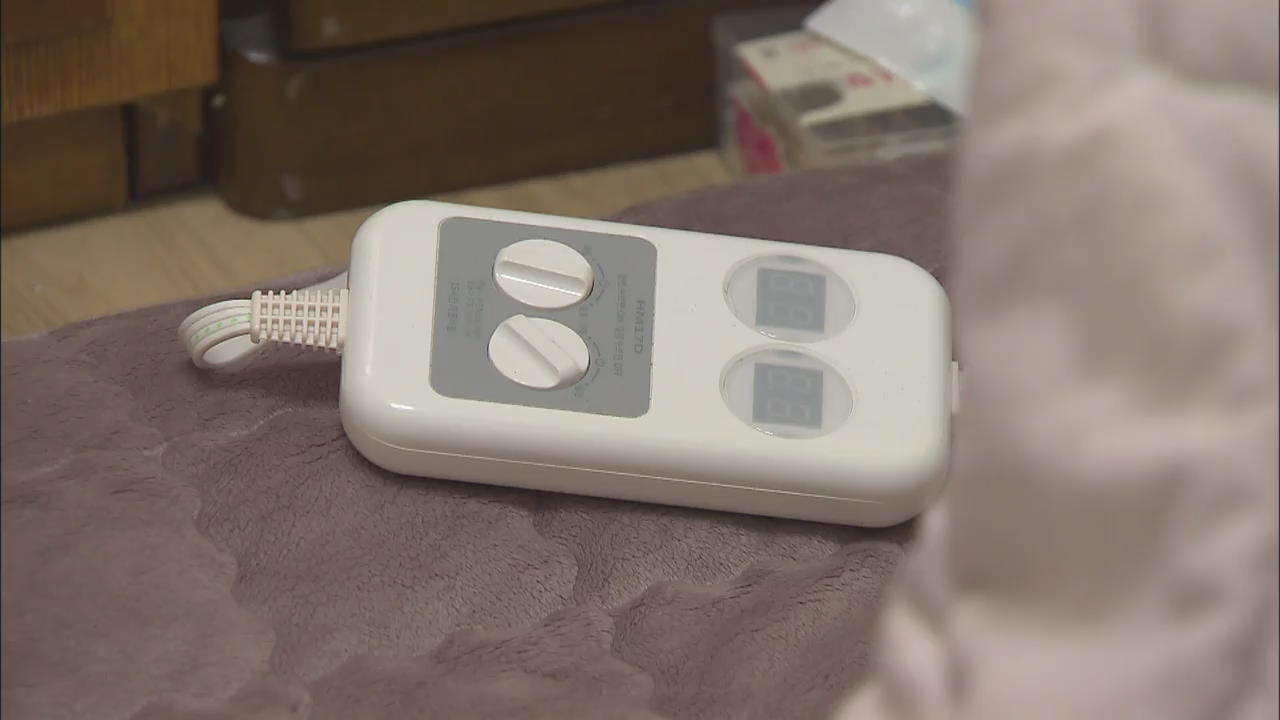
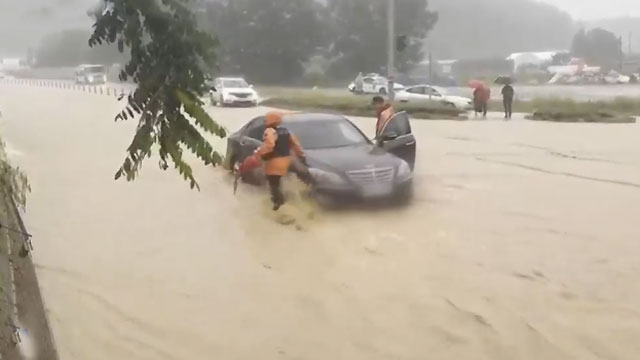
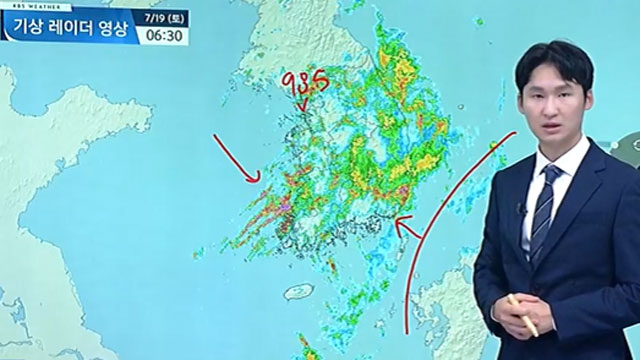
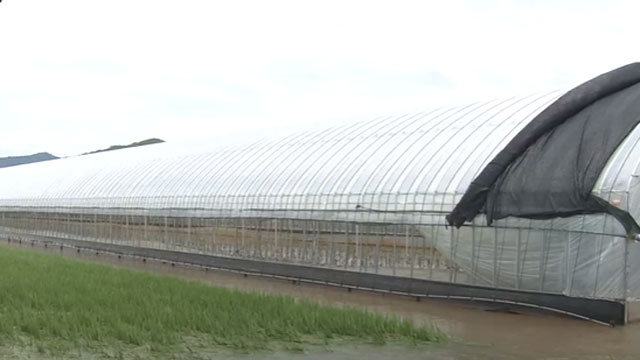


이 기사에 대한 의견을 남겨주세요.